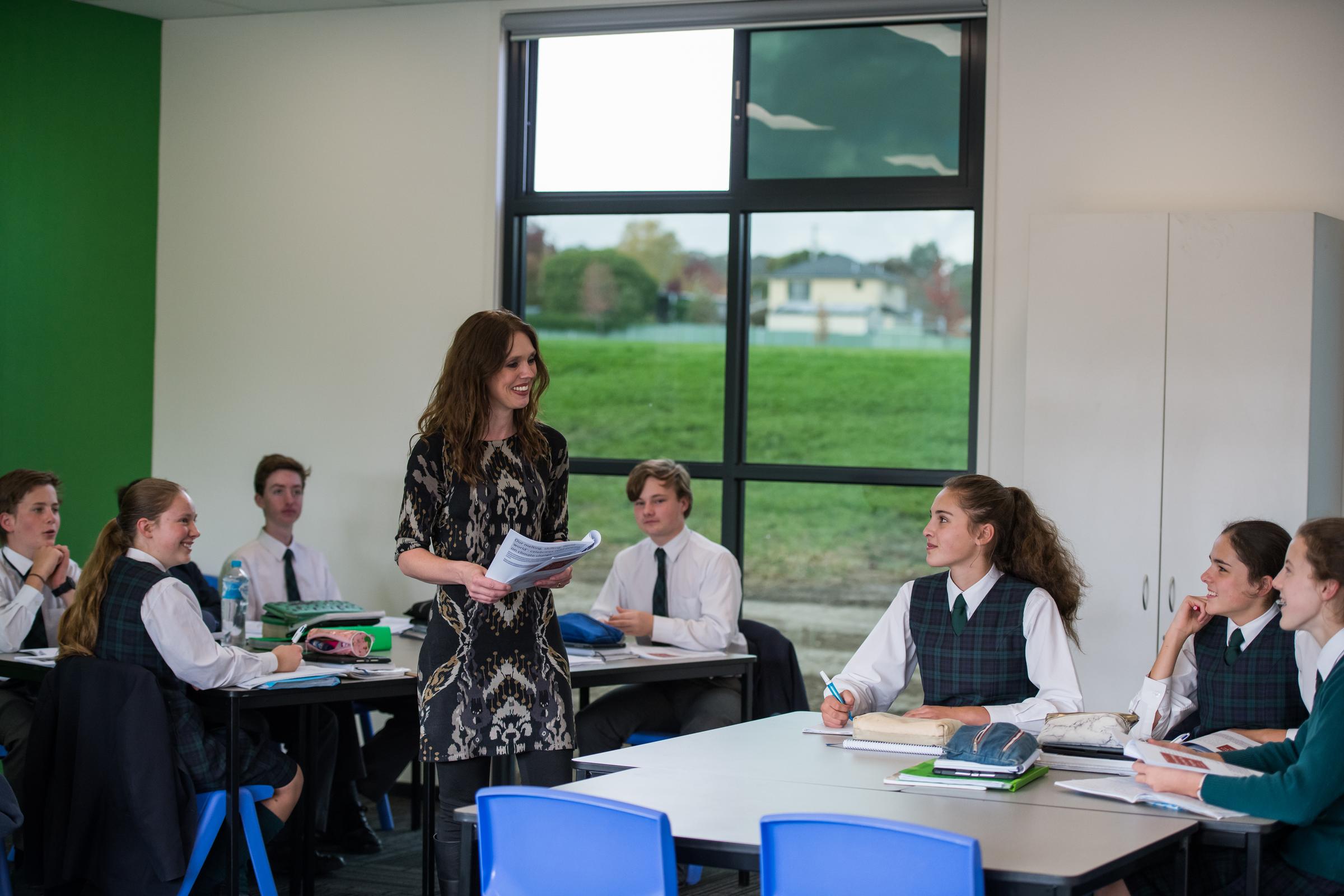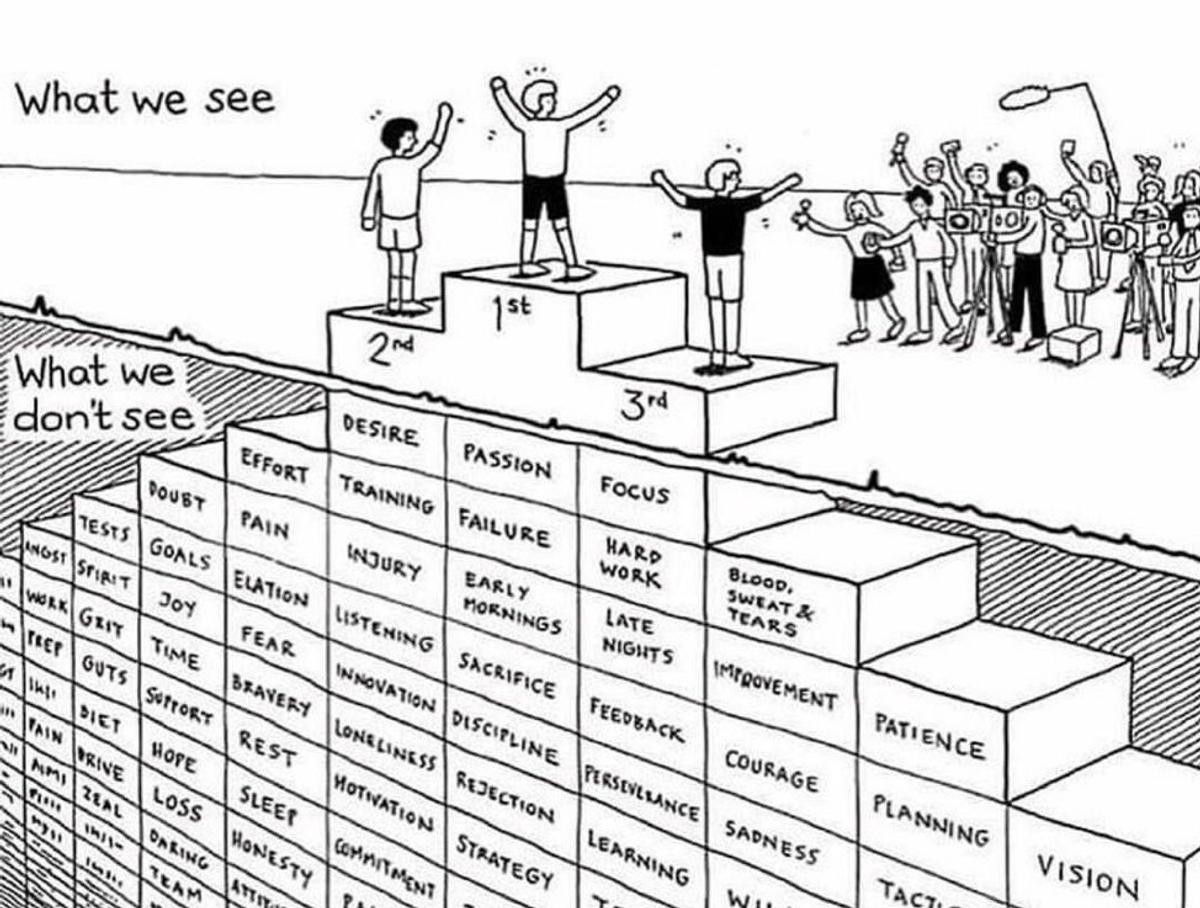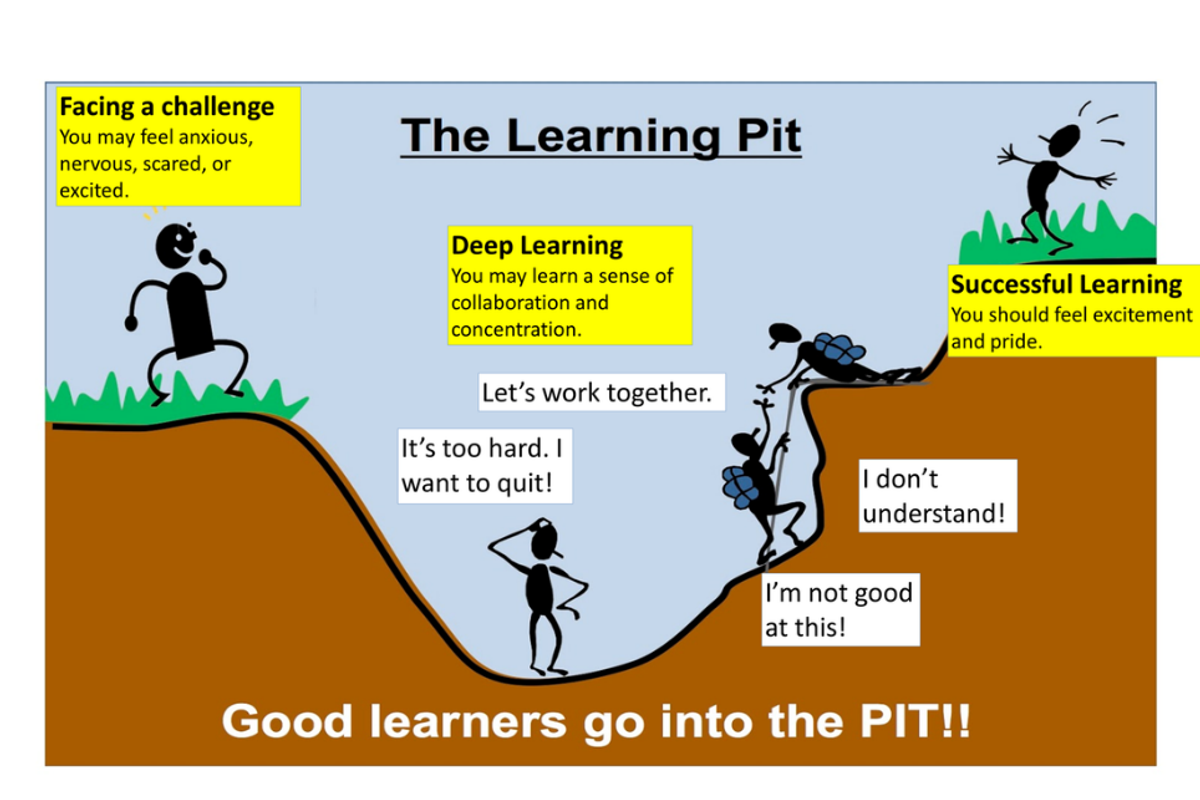Message from the Head of Teaching and Learning

Our goal at KWS?
Growing ‘Grit Savvy’ Students
Good old Aesop left a number of Fables in his wake – one of my favourites is the ‘Hare and the Tortoise’ – you remember the one: The hare, confident in his own abilities to outrun all other creatures, ridicules the poor slow moving tortoise. Sick and tired of the hare’s arrogance, the tortoise challenges him to a race. The race begins and the hare leaves the tortoise far behind. Midway through the race, the hare decides he has time to take a nap. The tortoise, just keeps plodding along, never stopping to rest. When the hare awakes, he finds that the tortoise, who has been steadily and relentlessly crawling along, has actually arrived at the finish line before him. Many believe the moral of the tale to be:
Slow and steady wins the race.
However, like many of his fables, the lesson Aesop seeks to teach us is perhaps a little more ambiguous. There are two alternative interpretations, which I favour.
Success depends on using your talents, not just having them
Or
Perseverance beats speed.
As educators, our ultimate goal is to help our students to achieve success – to achieve their potential and to equip them with the skills to continue to strive for success and self-actualisation after school. Our goal is to nurture lifelong learners. Back in 2008, Angela Duckworth, American Academic, Psychologist and Author, delivered a TED Talk about the importance of passion and perseverance in achieving success. Throughout her numerous studies of individuals’ achievements across a variety of different social, professional and academic contexts, Duckworth found that ultimately success was determined by one thing. She discovered that it wasn’t intelligence or IQ; it wasn’t even talent. It was, what she called ‘Grit’. She defined grit as:
’…passion and perseverance for very long term goals. Grit is having stamina. Grit is sticking with your future day in, day out. Not just for the week, not just for the month but for years, and working really hard to make that future a reality. Grit is living life like it’s a marathon, not a sprint.’
A decade later and we still have a lot to learn from Duckworth’s findings. Over two thousand years ago, Aesop presented this same idea through the tortoise’s victory – his perseverance ensured his success.
This idea is not rocket science but it is well worth revisiting. If our students are to succeed, they need to be resilient and recognise that success is a result of hard work and effort – it has to be ardently sought for. It is not as a result of ‘luck’ or ‘fixed ability’.
Success is not a given – for anyone - no matter how talented. Success happens when mistakes are made and transformed into learning opportunities. Success happens when we are brave enough to try something, knowing we may well fail.
Do we talk about this often enough? What is more helpful in preparing our students? Rescuing them from challenges or teaching them how to face them?
Hard work beats talent when talent does not work hard.[1]
For many students, who have always felt like the metaphorical tortoise, the knowledge that hard work and perseverance can indeed outdo the ‘talented’ hare, is motivating. In an ATAR and assessment driven educational landscape, it is so tempting for our students to look for short-cuts to success but the truth is – there is no such thing.
It is so important that our students realise this. Grit Savvy students recognise that simply turning up to class and listening to what the teacher says, is not enough. Grit savvy students realise that learning is a very active process that requires them to fully engage. It is not something that is ‘done to them’ and it is not something that simply happens. It must involve them demonstrating long term effort and perseverance. Talent alone will not get them through.
Grit savvy students:
- Ask questions
- Actively seek feedback; act upon feedback and use this feedback to identify their next learning steps
- Recognise that learning outcomes are a result of effort and hard work as opposed to luck or fixed abilities and therefore persist when the learning becomes challenging
- Do not give up
- See mistakes and failures as valuable learning opportunities.
Knowing how to learn and how to be successful in their learning; recognising the importance of taking ownership of their learning; being active in the process, will be every bit as important to our students as the curriculum content. Our students need to know that struggling is part of the learning process – it is not something to be feared or shied away from.
James Nottingham’s[2] analogy of the ‘Learning Pit’ is one of the best visual examples of this idea.
[3] For learning to happen, students need to experience a sense of struggle. If students are able to jump over the ‘pit’, without experiencing struggle or the need for effort and perseverance, it is unlikely that any real learning is happening! Growing ‘Grit savvy’ students is a real focus at KWS.
No grit: no pearl!
Mrs Serena Lewis
Head of Teaching and Learning
[1] Kevin Durant – Basketball Player - https://en.wikipedia.org/wiki/Kevin_Durant
[2] https://www.jamesnottingham.co.uk/about-james/
[3]https://www.google.com.au/search?biw=800&bih=379&tbm=isch&sa=1&ei=PNjFW5nKMsWw9QOu5724AQ&q=learning+pit+james+nottingham&oq=learning+pit+james+nottingham&gs_l=img.3..0i7i30k1.6392.8314.0.8390.13.11.0.0.0.0.344.1693.0j2j4j1.7.0....0...1c.1.64.img..11.2.455...0i7i5i30k1.0.siYOMJ-NYwc#imgrc=4tcPBzw9kndCmM:


